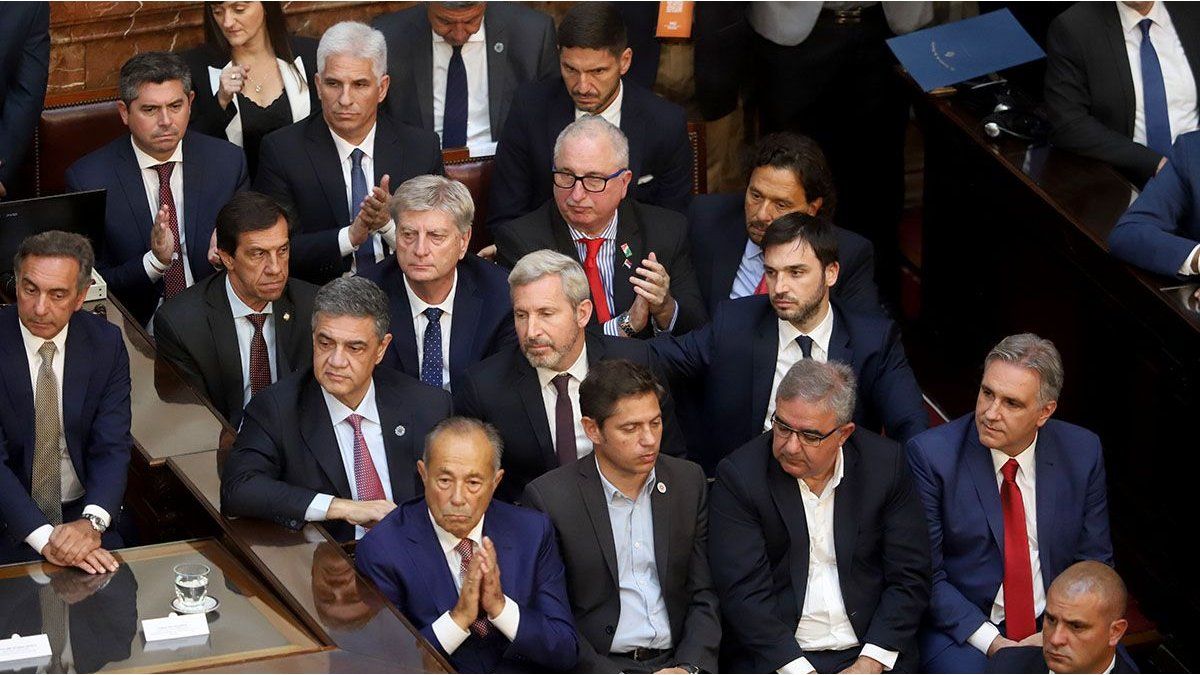While on the one hand, President Javier Milei called on the governors to agree on “fiscal relief” with a view to the eventual signing of the May Pact in Córdoba, on the other stopped paying non-automatic transfers. In February the shipment cut was 88% and with this it began to have a debt with the provinces of $101,000 million.
Its about second consecutive month of hard adjustment. It must be remembered that in January the reduction in shipments had reached 98%. Almost nothing had been paid, except about $1,000 million in ATN to Corrientes.
“In February the provinces received $18.25 billion which implies a nominal year-on-year drop of 55% and a real one of 88%. If the accrued expense is considered, a nominal increase of 26.2% and a real decrease of 67% was observed,” highlights a report from the Argentine Institute of Fiscal Analysis (IARAF).
A dozen provinces would have received $18 million or less throughout the month. In the case of The Rioja, the shipments were null, so in the first two months the province from which the president of the Chamber of Deputies, Martín Menem, is a native, he didn’t receive anything.
iaraf-trans-prov-feb.png
Non-automatic transfers accrued in February totaled $69,425 million, but what was actually paid was $18,250 million.
“The smallest falls were observed in Chubut (-8.3%), Santa Cruz (-62.7%), and Tucumán (-67.3%).. The minimal relative drop in Chubut would be explained by the sending of a Contribution from the National Treasury (ATN) on February 8 for $1.5 billion,” says the IARAF.
In the case of Santa Cruz, the main explanation would be the sending of transfers for the operation of the SAMIC “El Calafate” High Complexity Hospital for $1,791 million. The smaller relative drop in non-automatic transfers to Tucumán would be due to the sending of a National Treasury Contribution (ATN) of $2,000 million on February 27.
For its part, the consultant Politikon Chaco details that “69.7% of the non-automatic transfers paid corresponded to activities of the Ministry of Health, in particular, as assistance to Hospitals.”
politikon-trans-provinces-february.png

“29.1%, for their part, corresponded to shipments from the Ministry of the Interior, among which two payments for National Treasury Contributions stand out (to Chubut and Tucumán!”).
While, If the accrued expenditure is analyzed, only the City of Buenos Aires shows increases (48.1% real) explained by funds allocated for the Garrahan Hospital for almost $19,000 million, but the payment was not made. The rest of the provinces showed falls with lows in Chubut (-17.8%) and peaks in La Rioja (-100%).
The national government accumulates debt with the provinces
Its about second consecutive month in which the Government cuts spending extremely to the governors, and with it, improves the profile of the National Public Sector (SPN). Last month it had a fiscal surplus of $2 billion.
By casebetween January and February only 16% of the accrued expense was paid, so the so-called “floating debt” with the provinces grew by $101,000 million, estimates the IARAF.
In the two-month period, the smallest decreases in payments were observed in Chubut (-8.6%), Santa Cruz (-63.1%), and Tucumán (-70.1%). Regarding real accrued spending, the best performers were Chubut (-22.9%), Santa Cruz (-24.0%) and CABA (25.2%).
“The ranking of the first two months is the same as that of February, which highlights the importance of the funds earned and effectively sent to these three jurisdictions during the second month of the year,” the private report states.
Source: Ambito




